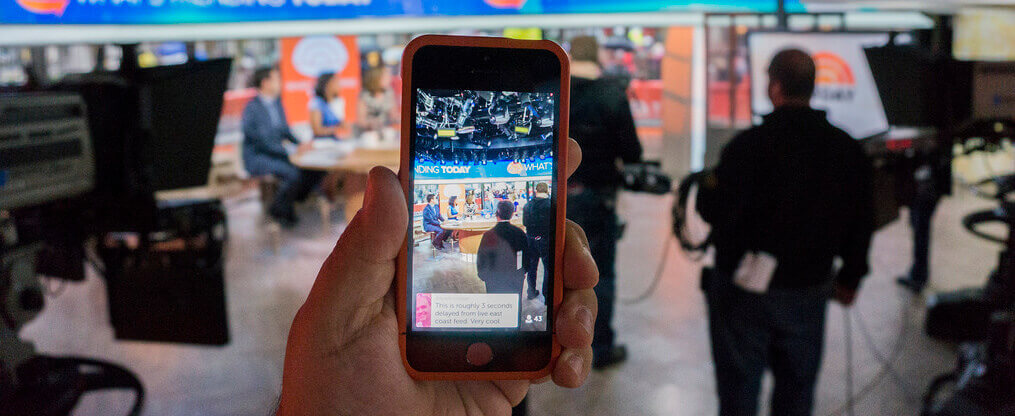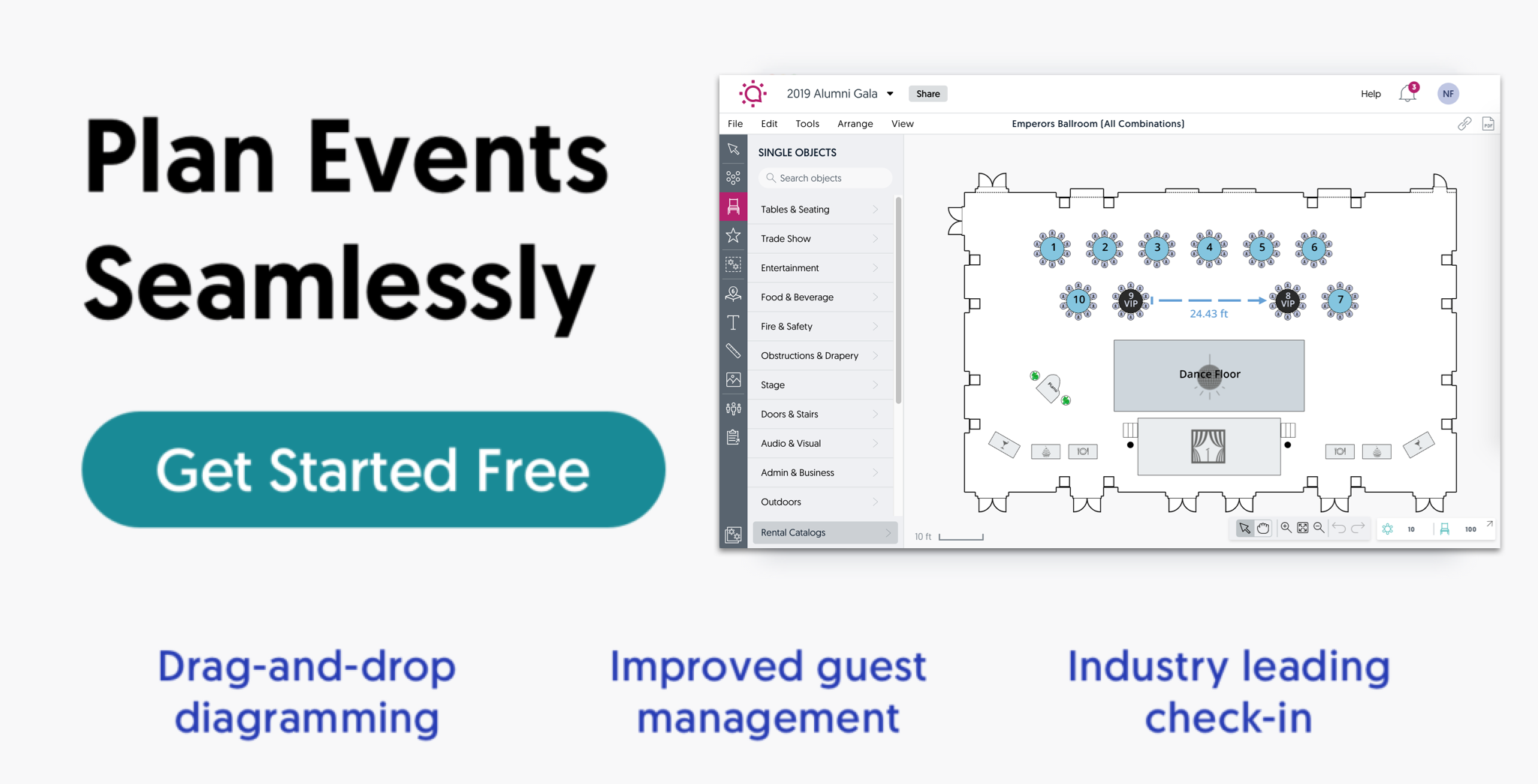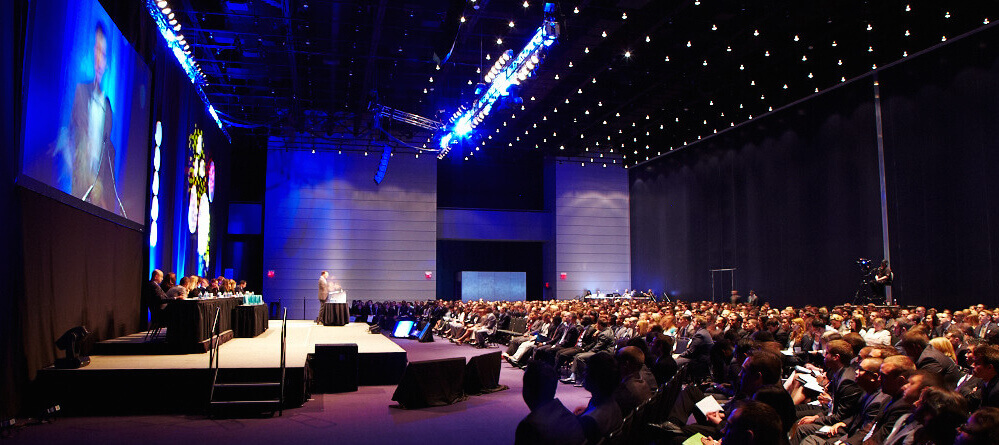
7 Easy Steps to Successful Virtual Event Planning
Thanks to video streaming services, companies can achieve virtual event planning without geographical constraints. Virtual events can be a standalone venture or accompany a live event. Whichever the case, event streaming is definitely something you should be exploring if your company caters beyond a local demographic.
Here are a few tips to help you kick start your first virtual event with a remote audience.
1.) Understand Your Audience

You need to have a solid gasp of your audience’s general psyche. Are they more inclined to partake in virtual event planning? How tech-savvy are they? There are so many more questions you need to be asking in order to build a strong demographic profile.
A few other questions to ask include:
- What subject areas in your industry are they most interested in?
- How familiar or active are they with basic social media?
- What types of offer do they respond best to? (e.g. discount codes, sweepstakes)
Send out surveys or start a discussion forum to acquire answers from your audience. It doesn’t matter how you do it as long as you get the information one way or another.
2.) Define Your Format
Just like live conferences, virtual event planning comes in many formats. It could be a seminar with one person taking the stage, or it could be more like a tradeshow or workshop. The key is to create a unique experience, something that is different than what the competitors may be doing.
If your budget allows, you can also hire a design firm to create a personalized theme or storyboard. This includes a visually attractive background and an easy-to-use navigation system for both the staff and guests.

3.) Choosing a Platform

There are so many livestreaming services out there. Some of the popular options include Periscope, Facebook Livestream, and YouTube Live. These services more or less offer the same basic features; it really is more a matter of personal preference.
Most services also offer a free trial where you can perform dry runs before the event. This allows you to familiarize yourself with the basic functionalities while testing virtual event planning services, such as the timeliness and helpfulness of live technical support.
4.) Choosing a Host/MC

Who will be hosting the event? You can hire a professional speaker or it can even be an in-house staff member who is comfortable enough presenting live before a remote audience. Whoever the designated person is, he/she should be able to speak clearly, respond to questions fielded though social media, introduce speakers, and so on. The host should also be comfortable looking straight into the camera and not at a script in his hands.
The host also needs to respond at the spur of the moment to unexpected events. If the scheduled speaker is late, for example, could the host continue to come up with things to say to keep viewers from signing out?
Finally, keep in mind that you can also have two hosts that can speak to each other as well as to the audience. This can be really beneficial if the two hosts have a strong rapport and can respond to one another’s zingers and one-liners.
5.) Market Your Event
Virtual events have to be marketed just like a typical live event. This is where social media comes into play. Yes, there’s the usual methods of Facebook posting and tweeting. You have to go beyond that, though, and also incorporate other methods.
Perhaps you can use Instagram or Snapchat to show viewers the venue where the event will take place. Social media posts can also include links to other content, such as speaker bios, vlogs, or a tutorial video on how to log into the livestream.
Finally, don’t forget the event hashtag and use it frequently, while urging followers to do the same. If you have email subscribers, use your newsletters as another promotional tool with links to the event signup page and other promo material.
6.) Choosing the Venue

Just because it’s virtual event planning doesn’t mean it should be held at your office. Yes, technically you can do that, and you will save a lot of money by doing so. However, remember that there will still be a live speaker and/or workshops and tradeshows, and you need space for those accommodations. While you don’t need an overly lavish and spacious venue, you still need to find a venue with the basics like a stage with a podium and audio/visual equipment.
Finally, remember that the camera will (or should) be zooming in and out, and viewers will be getting a good view of the background. If the event is held at your office or at a cramped briefing room, the whole thing will look cheap.
7.) Choosing a Time and Date
Geographical concerns are a total nonissue with a virtual event. The time, however, is still just as relevant as ever. Naturally, the best times are weekends during the early evenings. However, it’s not that simple. Is there other important stuff going on at the designated event time? Does the event time coincide with that high-profile sports game or finale of Dancing with the Stars?
You can even ask your audience for time and date suggestions and go with the one when most people will be available. Another thing you should take into consideration is the number of oversea followers and whether the time difference will work for them. Ultimately, though, you can always upload the video on YouTube after the live show, so don’t get too caught up in finding the perfect time.
Livestreaming an event is more doable than ever in the information age. Take advantage of this technological breakthrough to build your audience and make your brand a household name.

Have more questions about virtual event planning?
Keep it short, focus on how to keep the audience engaged because they can log off at any time, and practice as much as you can beforehand. Virtual events should be kept simple, because flashy initiatives won’t be as impressive on a computer screen.
The key to a virtual conference is some type of connectivity or theme among the sessions and speakers. Additionally, be sure to mix in some live video, with audience engagement to increase the connectedness of the event. Be sure to include a social media campaign that engages attendees in some way. Finally, practice everything before you do it for real!

